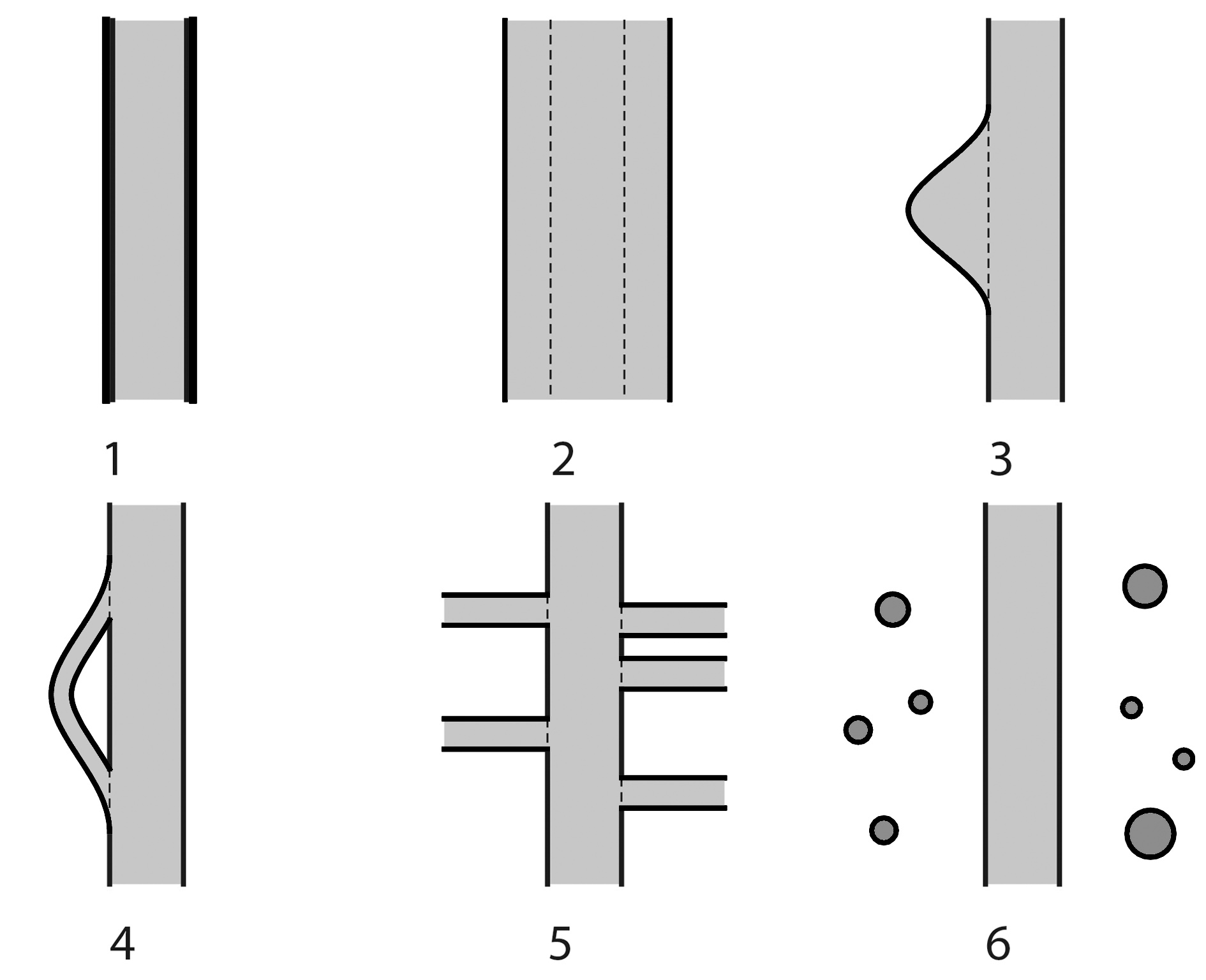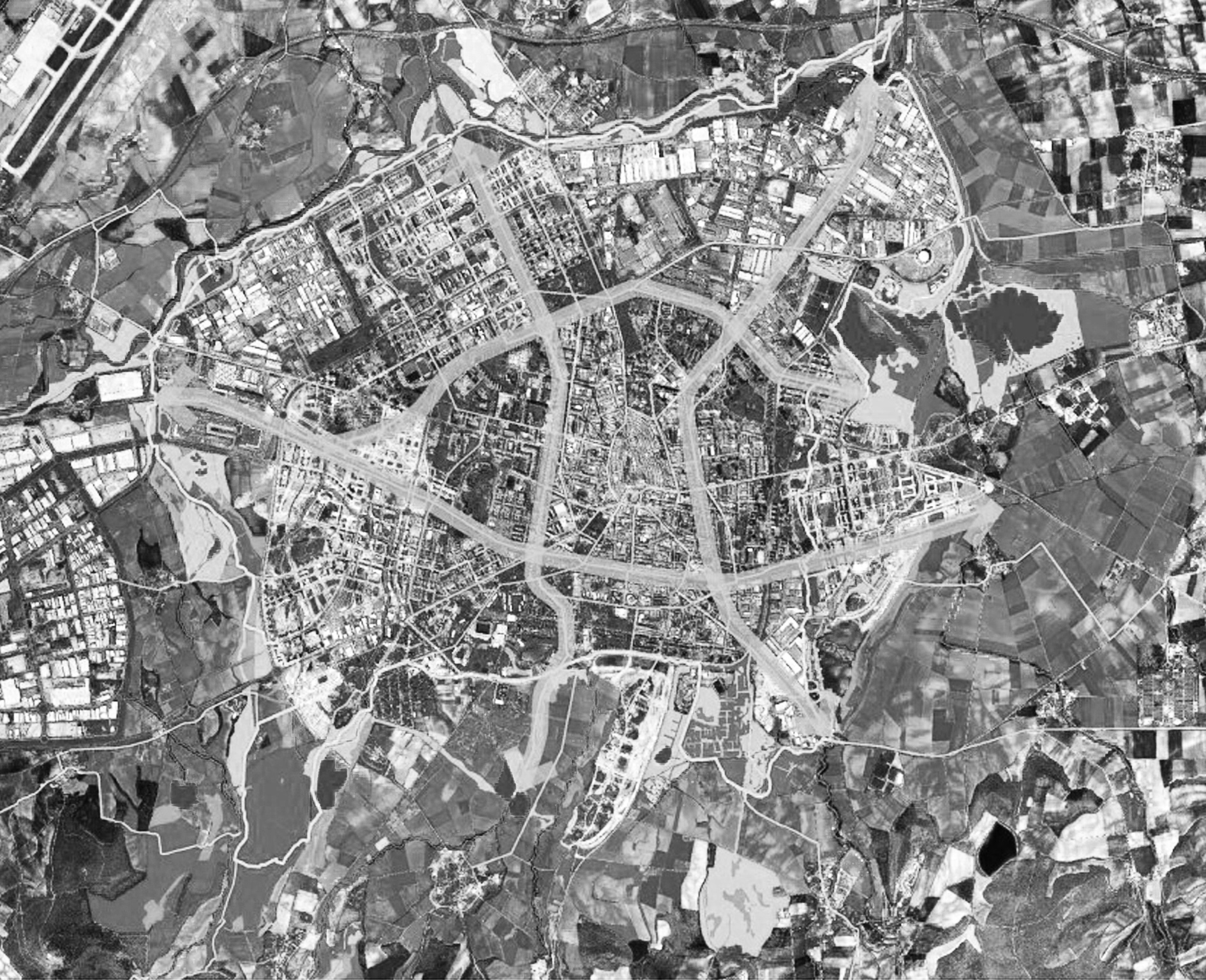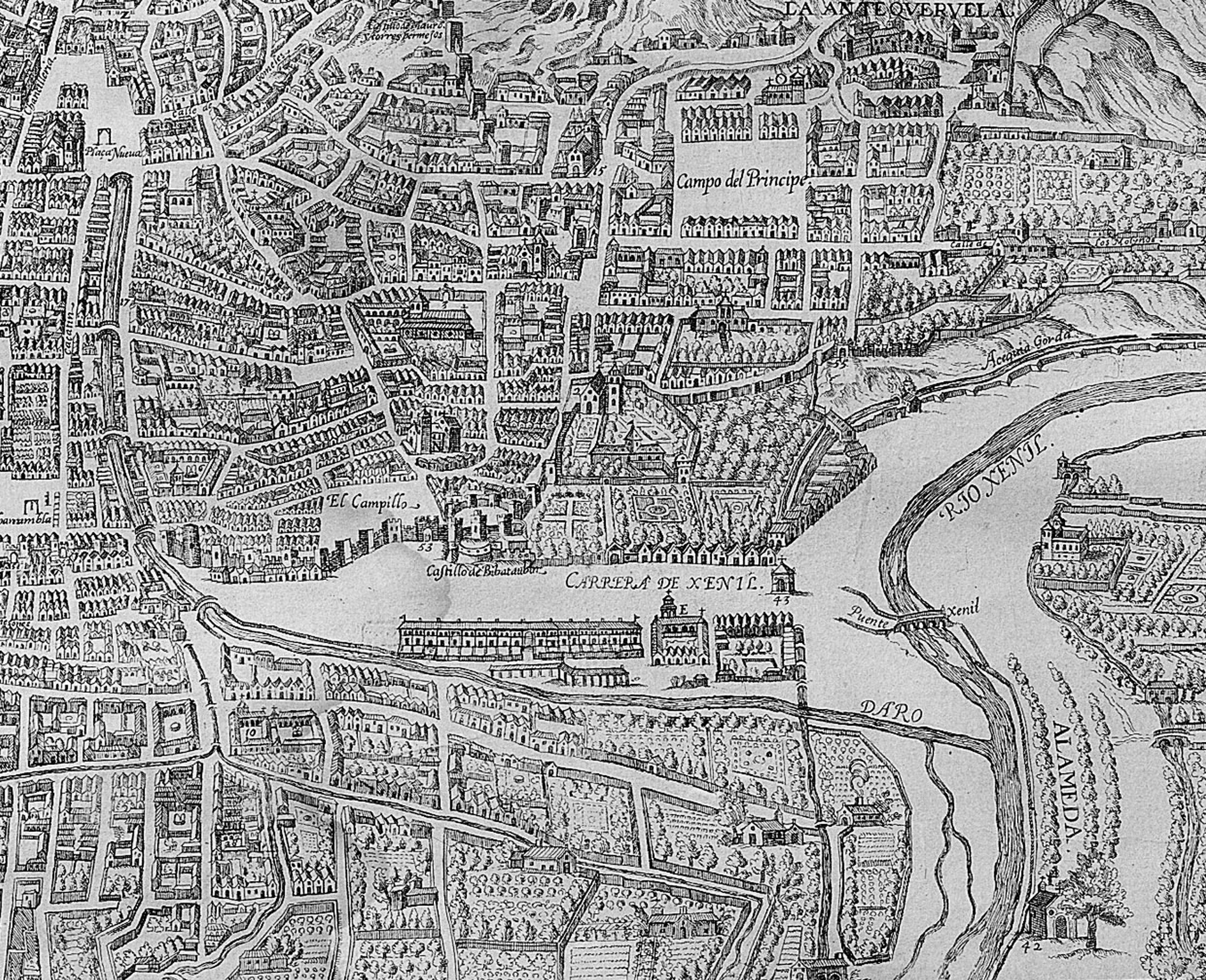WATER MANAGEMENT IN ARID TERRITORIES AND QUALITY OF URBAN SPACE
introduction
Alessandra De Cesaris
Climate change, resource mismanagement and obsolete infrastructure are among the causes of the recent water cycle changes. This momentous issue has caused famine, migration and geopolitical tensions. Indeed, one of the issues behind the conflict between Iraq and Iran has been the control of the Shatt al- ‘Arab waterways. Baghdad has long accused Turkey of withholding water at the headwaters of the Tigris and Euphrates rivers in a network of giant dams built since the ’70s. Likewise, there are tensions between Iran and Afghanistan over the management of the waters of the Helmand River, flowing from the slopes of Kabul into Iranian territory. Many rivers that have defined habitable areas in our civilizations are drying up; in Basra, Iraq, oil extraction requires huge amounts of water; instead, the population runs out of it. The six dams built by China along the course of the Mekong have reduced the river’s flow in Thailand, Laos, Cambodia and Vietnam, making its delta nearly dry; due to the network of canals created to irrigate crops, the Amu Darya has long since stopped flowing into the Aral. Thus, the great water waste is compounded by excessive industrial consumption and several unsustainable agricultural choices. If these rivers flow through urban centers, industrial and agricultural reasons must also be juxtaposed with the aspects related to the quality of public space.













